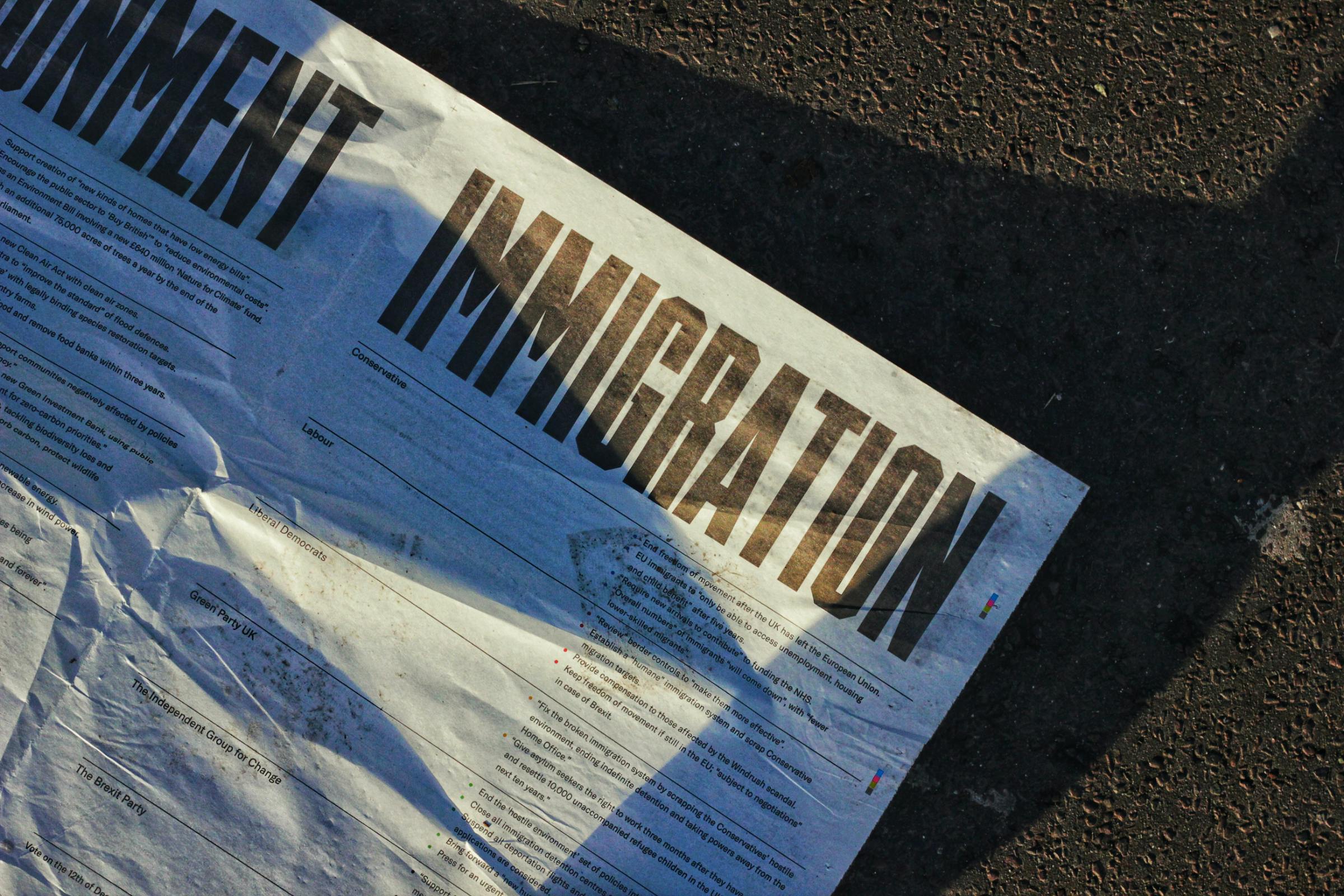If you haven’t heard any recent news updates on the EB-5 Investor program—which provides immigrant a path to legal residency, there’s good reason for it. Over the summer, the program was threatened to be cancelled because of a decision to raise the minimum investment needed by a foreign investor from $500,000 to $900,000.
However, in recent weeks, it has been pointed out by several legal experts that actually the change in policy is invalid essentially because Kevin McAleenan, the former Homeland Security Secretary, was not lawfully serving in his position when he declared the EB-5 Modernization Rule.[1] The Modernization rule was meant to increase the original investment of $500,000 up to $900,000 and also redefined targeted employment areas (TEAs).
Currently, the USCIS has appealed the decision to uphold the Modernization rule and is still technically taking applicants who are willing to invest the original half a million dollars instead of the increased rate.
Background
The EB-5 program stands for the employment based fifth preference category in which foreign investors can invest a certain amount of money in a U.S. business or urban development project, in the hopes that the project will create at least 10 new U.S. employees and also be compliant in other areas as well.
The EB-5 investor is issued a 2-year green card of which they will have to remove the conditions of at the end of the 2-year term and also prove their investment generated significant impact in terms of economic growth in the TEA. From here, investors can receive a 10-year green card in the same way those who entered into a marriage based green arrangement will eventually have to apply for a 10-year card.
Changes in the EB-5 Ruling
While the modernization rule is no longer in effect, one change to the EB-5 program is that now investors who want to opt into this type of green card process and various projects in the Untied States need to make direct investments only in the form of equity with a purchase of shares from a company.[2] There used to be regional centers which would pool investors together, however this option has expired as Congress has yet to reinstate the regional center program.[3]
Essentially this means the USCIS will have less EB-5 applications as putting direct investments into projects in the U.S. is a more risky option than using the Regional Center pool for economic expansion. To read more about Regional Centers, please see the following link: https://www.eb5diligence.com/regional-centers.














